When it comes to reading webcomics, I have a set list of nine “dailies” I read and a few that I read which update less frequently. And while I’ve definitely settled on these few, that doesn’t mean that I haven’t read other webcomics or aren’t familiar with their work. Also, my love of comics and comics strips isn’t exactly a casual one; hell, my high school Extended Essay was about the role of women in comic books from the 1940s to the 1990s.
So when I saw a friend’s Facebook update decrying how Sinfest has become a den of “ludicrous feminist mediocrity,” I had to check out today’s strip:
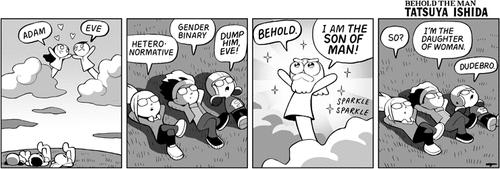
I flipped through the previous two or three weeks of strips to see if there was any context for the strip, any lead-up, and I noticed that there were a few new characters I’d not seen before as well as a few large colored wordless strips which seemed to be part of a larger story. No “feminist mediocrity,” but perhaps some exaggerated examples of extreme feminist thought and behavior. And then I learned that Ishida has been drawing strips like those for over a year and a half, with very little explanation as to why, leading my friend to make that comment.
Another recent strip which got me thinking about feminism and webcomics was this April 24, 2013 strip for Penny Arcade:
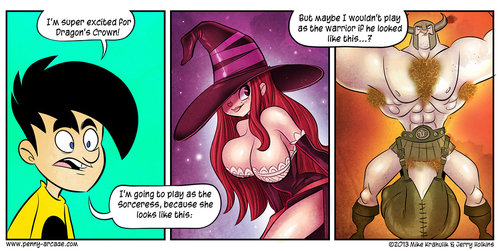
Without context, it seemed to me that the comic was pointing out that emphasizing sexual characteristics is ludicrous for characters in video games and that there’s a double-standard when it comes to what is an acceptable amount of sexualization. Through the dialogue, it’s emphasizing that the female sorceress is more attractive to the Gabriel character to play because her secondary sexual characteristics are emphasized in proportion to her body whereas the male barbarian’s secondary sexual characteristics—and quite possibly his primary as well; I have no idea if that sling is containing nothing but an enormous scrotum or if it’s an enormous scrotum and penis—are not. Finally on the first read-through, the comic pointed out to me that there’s an inequality in what video game character designers find attractive versus who their audience will be, because I know that both women and men read Penny Arcade.
I gave my approval to the strip when I saw it first-thing that morning, and noted that I would have to return to the site later on in the day to get the context and a bit of commentary. As I wrote on Twitter, what I had hoped to read from writer Jerry Holkins was that they were starting to understand why some female gamers have a tough time being a part of the fandom and that they “gained some levels” in Feminist Theory.
Oh boy, I cannot wait to see the blog entry that will go along with this comic penny-arcade.com/comic/2013/04/… // Feminism, level up!
— Trisha Lynn (@trishalynn) April 24, 2013
Clearly, that was too much to hope for from the crew who mishandled the “dickwolves” saga, as seen by the news post that went out later that day. After first stating that the art being used to illustrate even the title image for Dragon’s Crown is so ornate as to render it incomprehensible, and that it just seems to be part of what developer Vanillaware does on a regular basis, Holkins goes on to write:
The only characters here who aren’t fucking mutants are the Elf and the Wizard, who are there to calibrate the player; everybody else is some fun-house exponent of strength or beauty stretched into some haunted sigil. Iconic isn’t even the word—they don’t evoke icons, they are icons. They’re humans as primal symbols.
It’s very weird to pull up a story about a game with frankly visionary art and hear why it shouldn’t exist, or to hear what I supposedly fantasize about, or what kind of power I supposedly revere, and any attempt to defend oneself from these psychotic projections or to assert that creators may create is evidence of a dark seed sprouting in the heart. It’s an incredible state of affairs. They’re not censors, though—oh, no no. You’ll understand it eventually; what you need to do is censor yourself. [emphasis mine]
I understand that the more extreme reactions (“Oh, you must be a sexist chauvinistic pig in order to like this sort of thing!”) and the initial assertion by Kotaku writer Jason Schreier were more than a little bit knee-jerk; thus, Holkins’ implying that those kinds of people are “psychotic” is perfectly valid.
However, Schreier’s follow-up posted just the day before—and probably before Holkins started writing his post—was dead-on and I was disappointed that a chunk of Mike Krahulik’s responses on Twitter were centered around whether or not it was right to “censor” artist George Kamitani’s work instead. That in itself is a fascinating discussion, but not the main crux of this issue.
Passing off half of the six available player character designs as “fun-house” or “primal” symbols and calling it “frankly visionary” doesn’t address the fact that it’s done in a way which could turn off some of its potential audience. In fact, I’d argue that even while Kamitani is trying to change how the modern person envisions fantasy characters, he falls into the trap of contorting his “non-mutant” Elf character into the same spine-breaking action shot for which so many others have been lambasted.
Instead of being a part of promoting equality to their audiences, Ishida has chosen to confuse his and Krahulik and Holkins have chosen to ignore or to troll the vocal members of theirs. And while I don’t claim to even know what Ishida’s thinking, I know from previous news posts and an interview in their own reality series that Krahulik and Holkins have been grateful for the chance to educate and illuminate their audience about things that are important to them.
Back in 2004, Holkins and I had the following exchange regarding the expectations placed upon them as “pioneers” of the webcomics medium:
Jerry Holkins: Do you think that we should actively be courting the [female audience]?
Me, writing for Sequential Tart: Not at all.
JH: ‘Cause I’m curious about that.
ST: I like you just the way you are.
JH: Awww. That’s sweet.
I think I’m starting to change my mind.



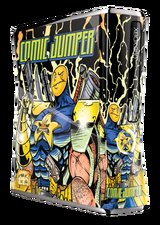 Krahulik has said before at PAX panels and elsewhere that he loved comic books when he was younger and wanted to create his own work. In
Krahulik has said before at PAX panels and elsewhere that he loved comic books when he was younger and wanted to create his own work. In 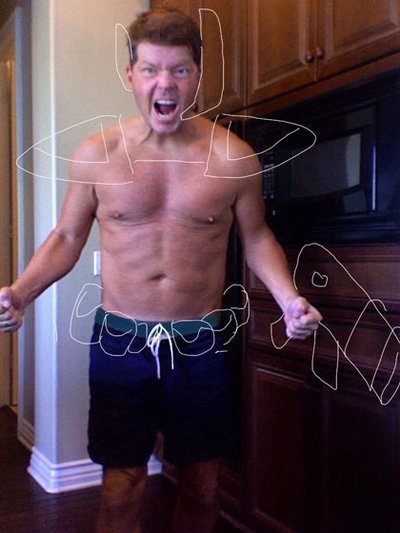
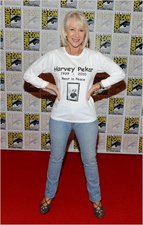
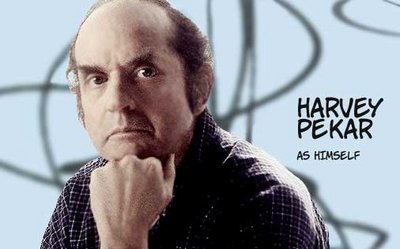
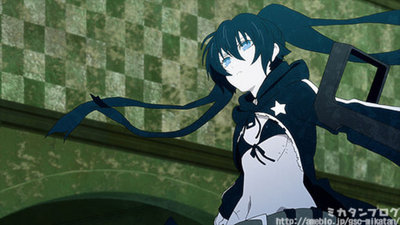
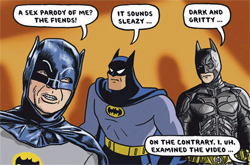 Back in May, the Internet was a-buzz with
Back in May, the Internet was a-buzz with  Yesterday,
Yesterday,